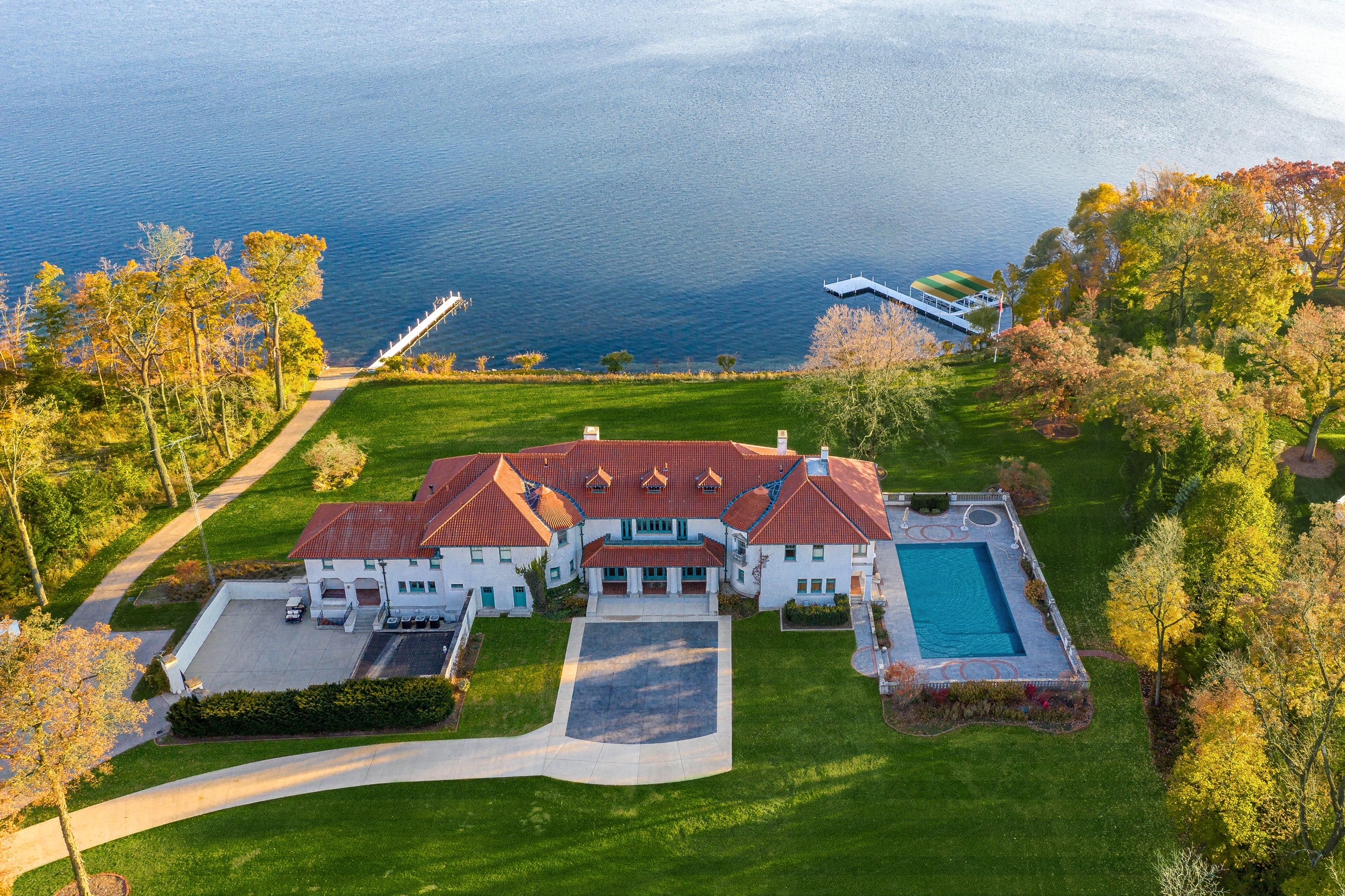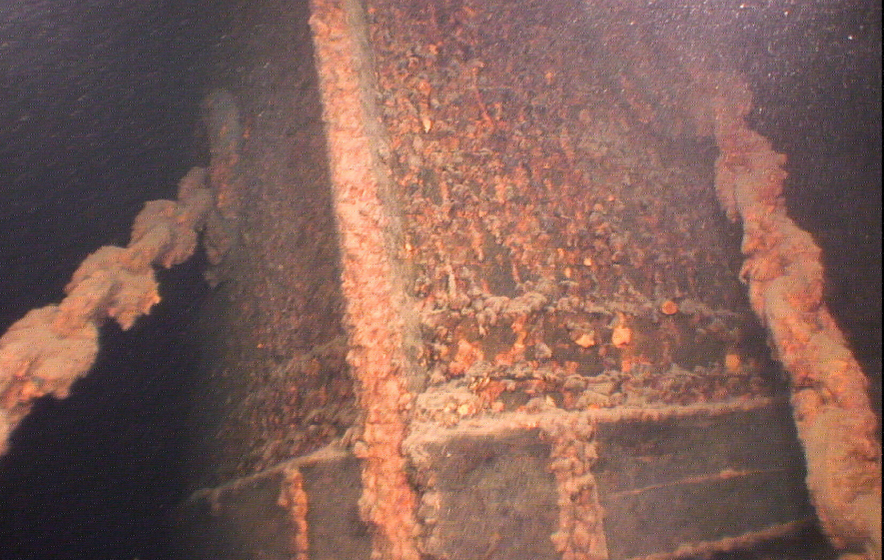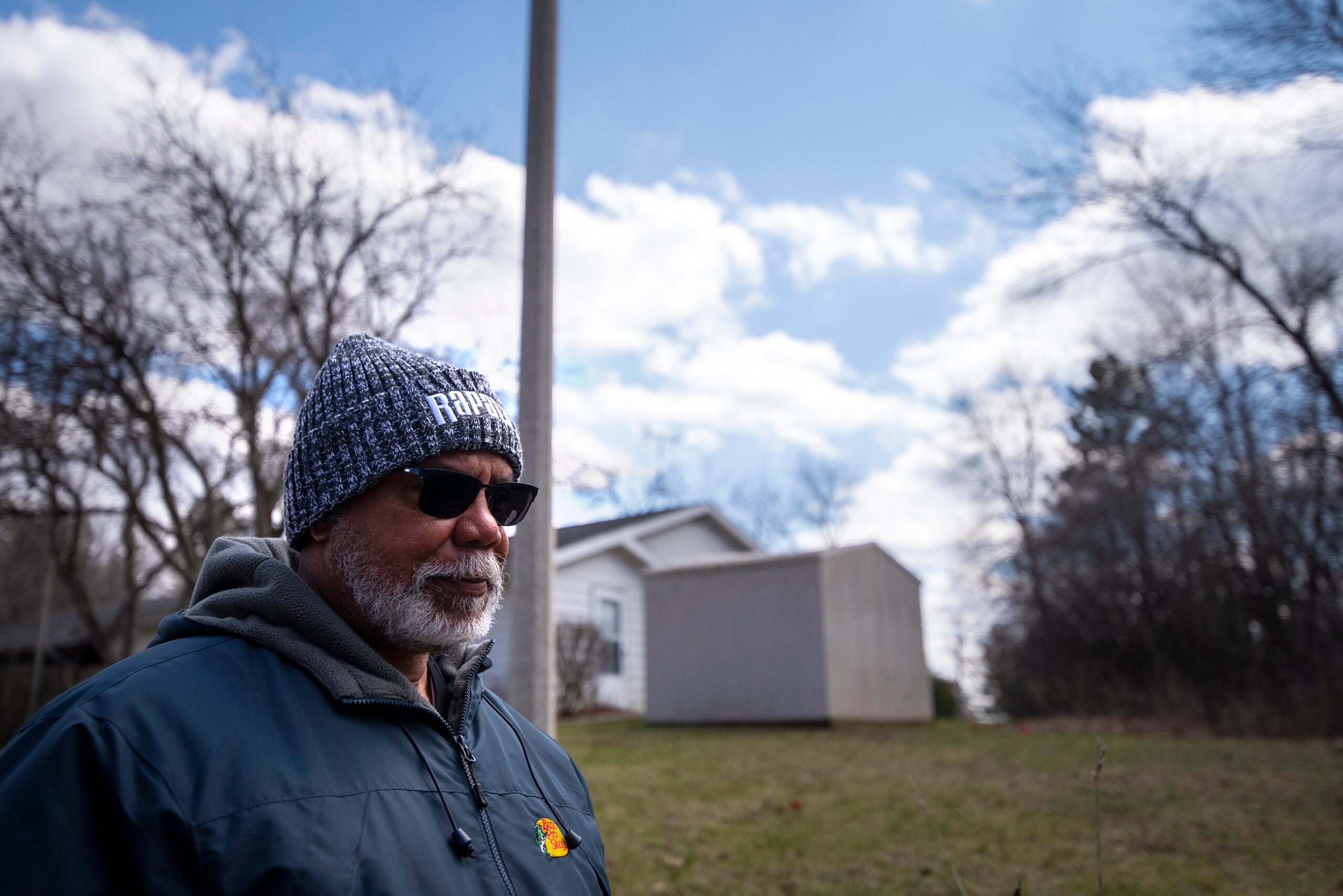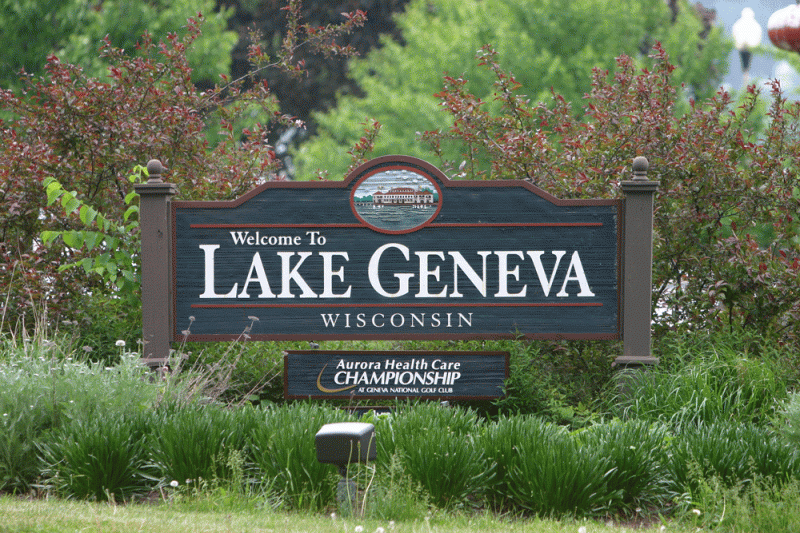The century-old Villa Hortensia mansion in Lake Geneva is being razed just months after it was purchased by an Illinois businessman for $17 million.
James Conlon bought the historic lakefront mansion in October, the purchase price the second-highest priced sale of a home in Lake Geneva.
With a stucco exterior and clay-tile roof, the Mediterranean-style home was one of the historic mansions featured in boat tours on Geneva Lake. The estate was built in 1906, designed by Chicago architect Howard Van Doren Shaw for meatpacking baron Edward Foster Swift and his wife Hortensia.
News with a little more humanity
WPR’s “Wisconsin Today” newsletter keeps you connected to the state you love without feeling overwhelmed. No paywall. No agenda. No corporate filter.
Along with the architectural pedigree, the house came with a 20-acre lot overlooking Geneva Lake.
“I was shocked. Howard Van Doren Shaw’s houses are absolutely treasured,” said Stuart Cohen, a professor, architect and author of a book on Shaw.
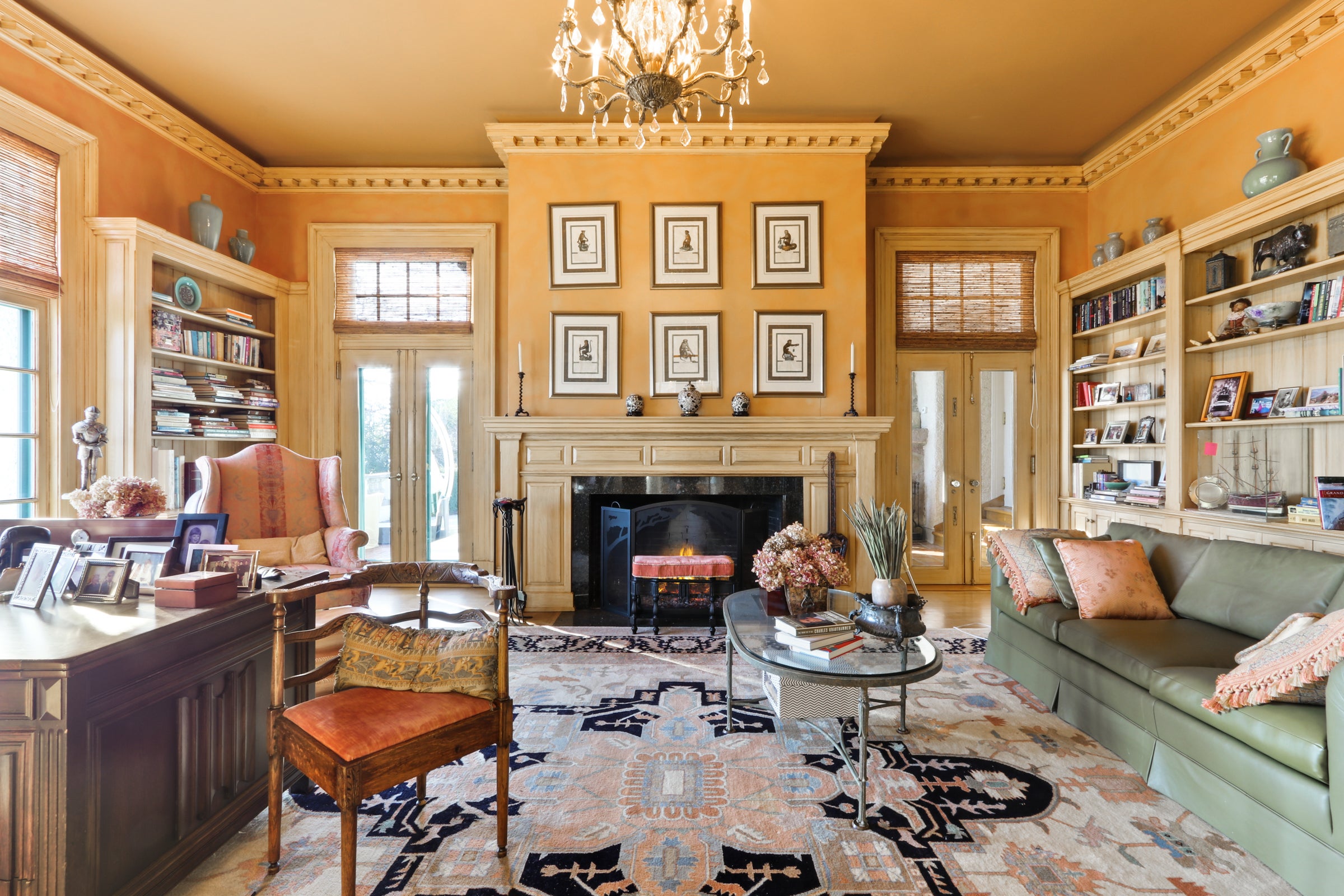
He said he doesn’t know the conditions of the house or the extent to which it was remodeled, but called its demolition “a tragedy.” Cohen said Shaw was known for designing houses for the wealthy residents of Lake Forest, a suburb of Chicago.
“He was nationally known as a residential architect and was probably to date the only residential architect awarded the American Institute of Architect’s gold medal,” he said.
Cohen said the entryway to Villa Hortensia was a porch with three sets of glass doors that opened into a hallway and ran parallel to the lake, a theme repeated throughout the home, an unusual approach for the era. At the time, he said, houses were still “a collection of rooms with windows.”
“What interested me most about Shaw’s work was the way in which he was exploring the same kinds of ideas, very modern ideas, about the connection of the inside of a building to the outside,” he said.
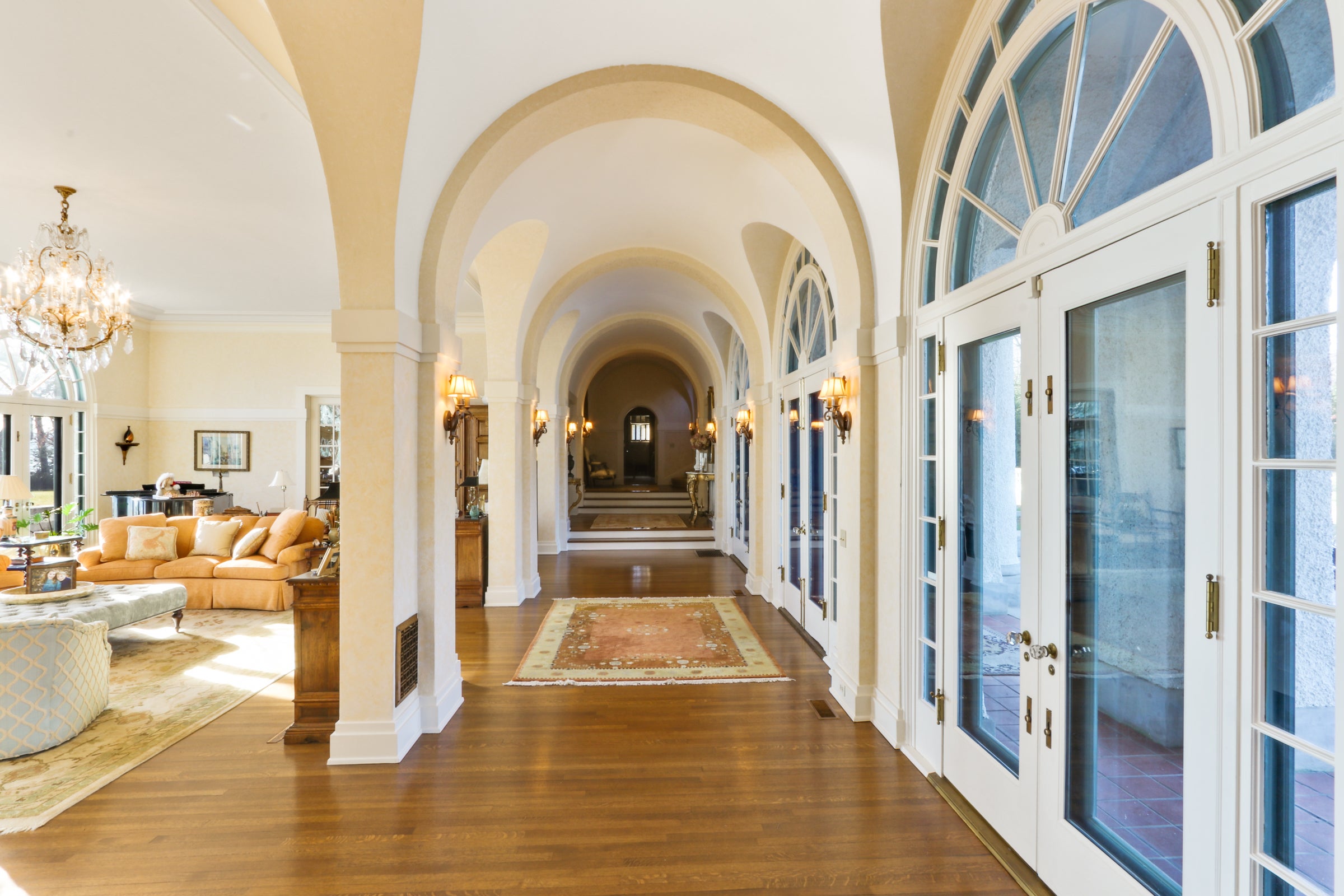
David Curry, a local who sells real estate in the area, knows high-priced property. He handled the sale of the neighboring property, the former Richard Driehaus estate Glanworth Gardens, for a whopping $36 million. Born and raised in the area, Curry said it’s a shame to see such a beautiful home go. But he said it makes sense for the market.
“I still kind of shudder when I see these things happen, but they make perfect sense,” Curry said.
The house was on the market for about 15 months, he said, and sold in an off-market transaction.
“It has had a series of ownership over the 117 years that it’s been there. So, the sad part for the market is this is the first time, of course, in all those ownership changes that the house is now gone,” Curry said of Villa Hortensia.
The most recent owners before Conlon had owned the house for 20 years.
“The house did have ample time on the market to decide if someone was willing to save it. And ultimately, no one decided that it was worth saving,” Curry said.
The house — more than 12,000 square feet — had French doors that led to a front patio and stretched along the house, along with a domed, arched ceiling hallway. Among other features, the six-bedroom home also had a guest house, a pool and tennis court.
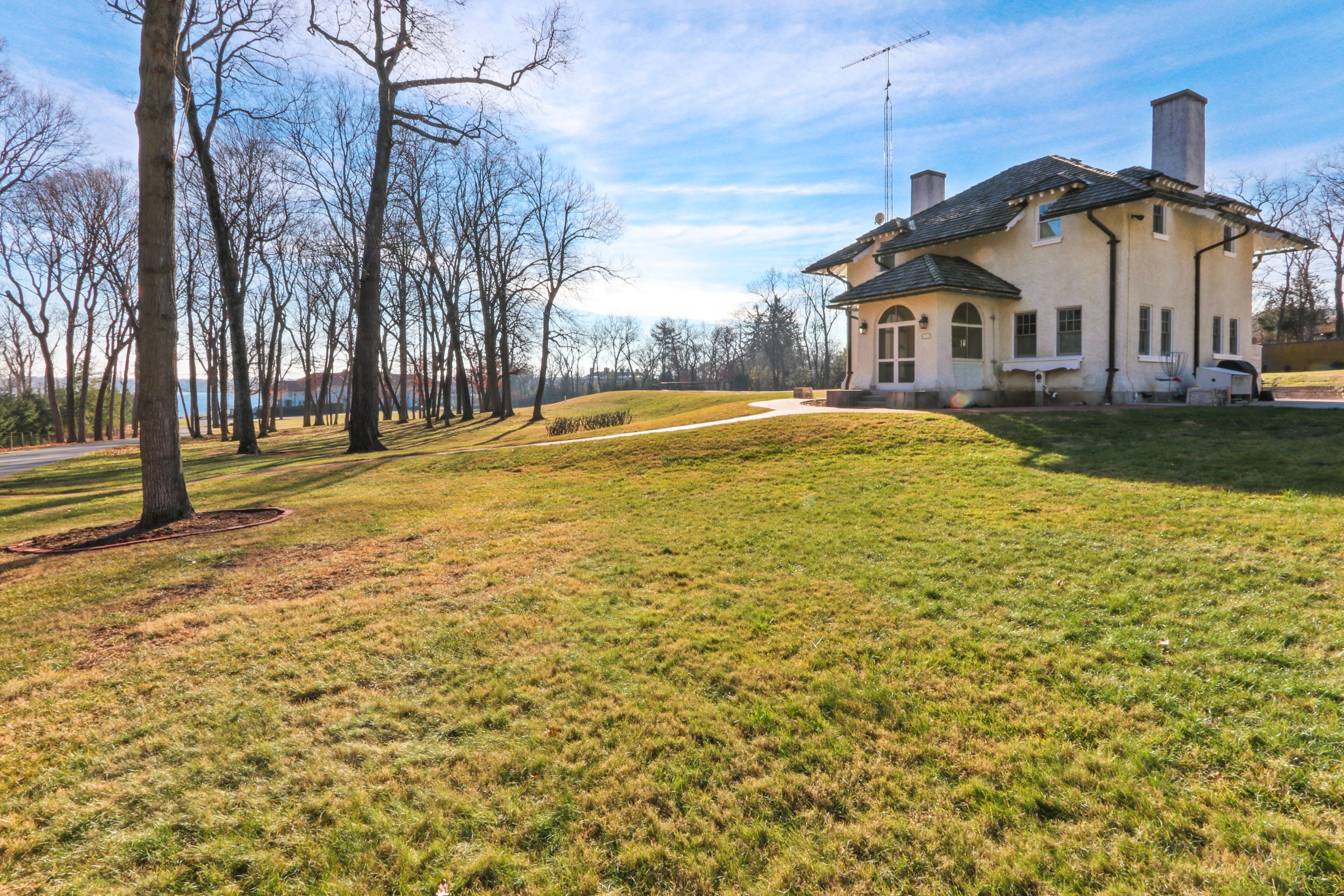
For a time before its sale, Curry had the contract to market Villa Hortensia. But for all of its grandeur, Curry said the general feedback he received from interested buyers was that the house needed a lot of work. He described it as “cosmetically dated.”
“It had a lot of fantastic things, but it felt tired, so I had it for sale for a while,” he said.
A market average for a lakefront home on Geneva Lake typically exceeds $5 million.
“There’s no other market in the state of Wisconsin that even holds a candle to it,” Curry said.
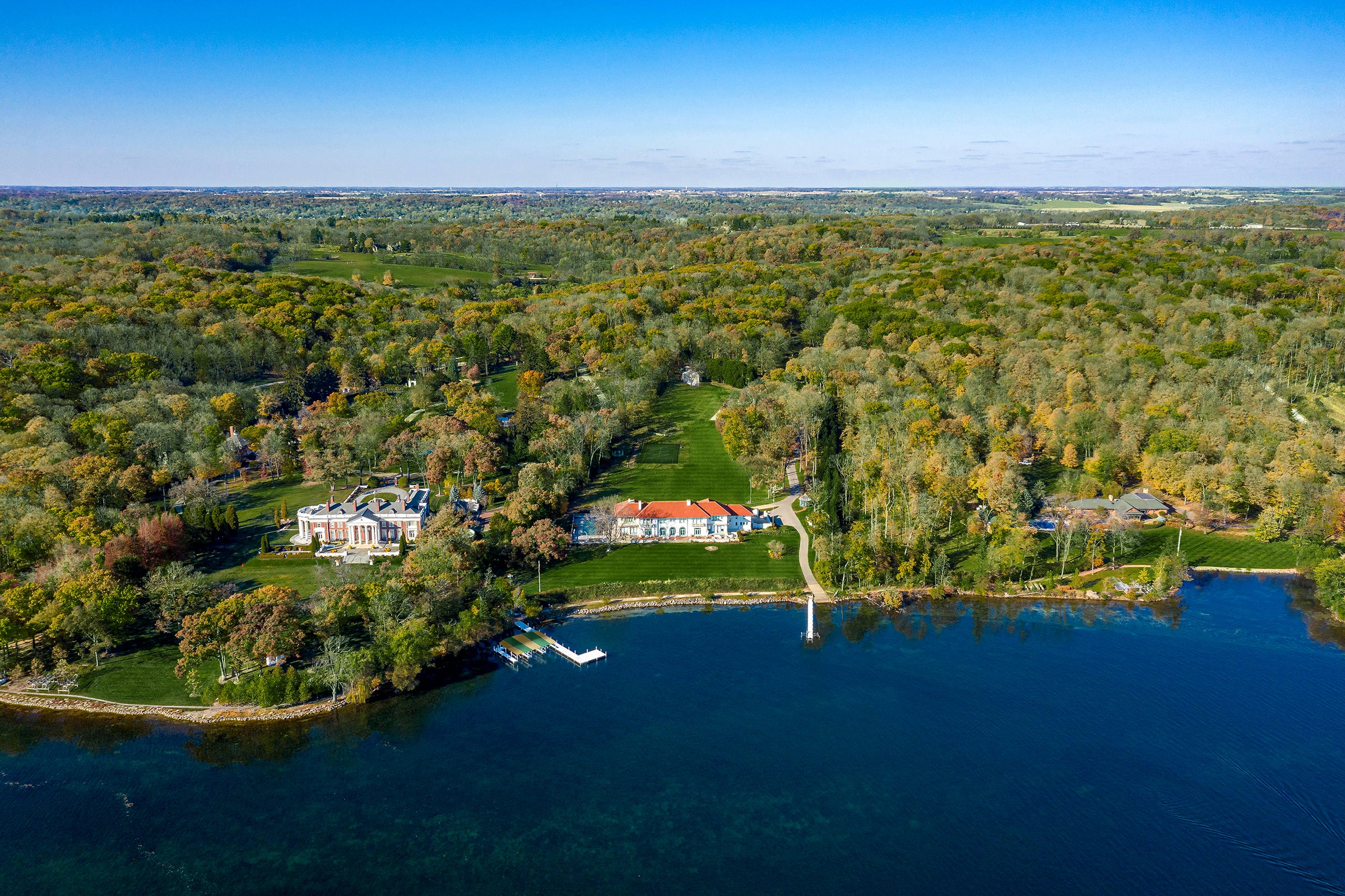
Curry said he doesn’t anticipate the purchase to shakeup real estate prices in the area, but it won’t be the same view from the lake.
“It was an anchor on that section of the lake, so now that it’s not there, it is going to be a very different view from the water,” he said.
Curry said the news has generated a lot of buzz for a number of reasons, one of which is that it’s a remarkable purchase for the region.
“There’s just the spectacle of the valuation turning into a tear down,” he said. “If this was Palm Beach, no one would care. If this was the Hamptons, no one would care. And Beverly Hills, no one would care. But in the Midwest, people don’t spend 16.5 million dollars to tear houses down very often.”
Wisconsin Public Radio, © Copyright 2025, Board of Regents of the University of Wisconsin System and Wisconsin Educational Communications Board.

